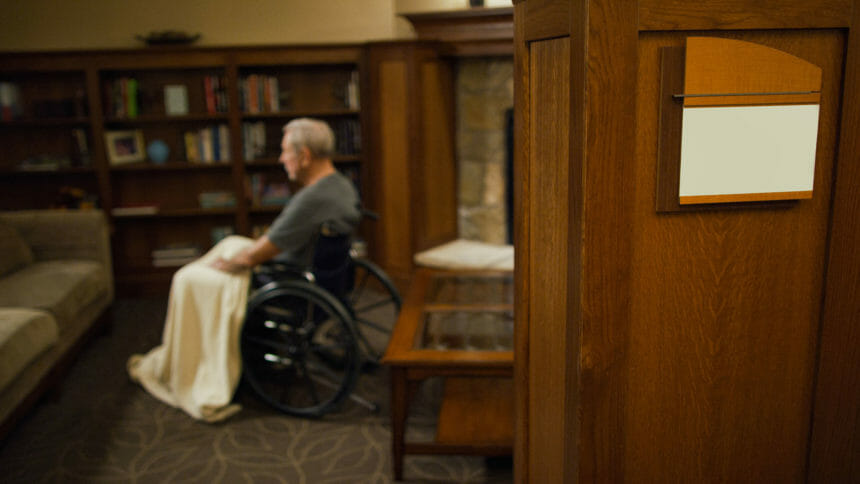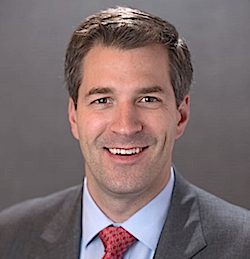

Skilled nursing facility occupancy in December 2021 hit its highest level since May 2020, according to data released Thursday by the NIC Skilled Nursing Data Initiative.
According to the report, after a stagnant October and November, SNF occupancy increased 24 basis points (0.24%) in December, ending the month at 76%. At year’s end, occupancy had increased 411 basis points (4.11%) from the low of 71.8% set in January 2021.
“The fact that occupancy held steady through the delta variant and the early stage of omicron suggests that the demand for skilled nursing properties remains, but a significant challenge for many skilled nursing operators around the country has been the staffing shortages that limit the ability to admit new residents,” National Investment Center for Seniors Housing & Care Senior Principal Bill Kauffman wrote in a blog.
Managed Medicare revenue mix increased 20 basis points (0.2%) from November to the end of December, at 9.9%, reversing the 20-basis point decline that occurred from October to November. The mix remains well below the 2021 high of 10.8% seen in February 2021 but was up by 204 basis points (2.04%) from the pandemic low set in May 2020 of 7.9%, according to the report.
“The increase from the pandemic low is likely due to growth in elective surgeries from 2020, which typically creates additional referrals to skilled nursing properties,” Kauffman wrote.
Meanwhile, the report shows, managed Medicare revenue per patient day decreased again, albeit slightly, ending December at $451. It is down 3.4% from December 2020.
Medicare revenue per patient day increased slightly from November to end December 2021 at $580. It has decreased 1% from $585 in June 2020, when severe COVID cases in skilled nursing properties were increasing significantly during the early stages of the pandemic. At the time, the federal government implemented many initiatives to help SNF properties caring for people with COVID-19 that required isolation, including increases in Medicare fee-for-service reimbursements, Kauffman noted.
There was no significant change in Medicaid revenue per patient day during the same time frame, remaining fairly flat at $248. Medicaid revenue per patient day declined 1.1% from February 2021 to September 2021 but increased 1.6% from September to December.
“This increase is likely due to some states adjusting their Medicaid budgets and increasing reimbursement for the 2022-2023 fiscal year,” according to Kauffman.
“Medicaid reimbursement has increased more than usual as many states embraced measures to increase reimbursement related to the number of COVID-19 cases to support skilled nursing properties,” he added.




